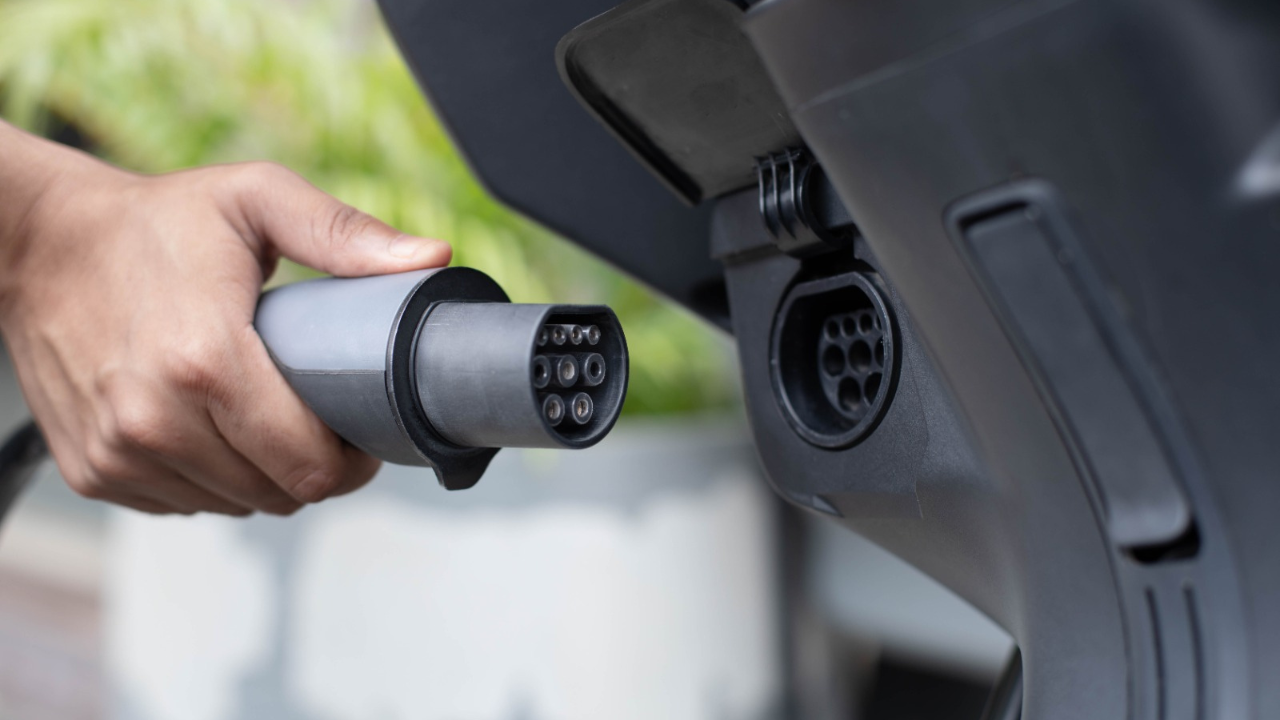In a first-of-its kind initiative, NITI Aayog, the Department of Science and Technology, ARAI, EV makers, and the Bureau of Indian Standards came together to develop a national standard. This standard aims to help create an open ecosystem to drive faster EV adoption across the globe. It allows Indian OEMs to move away from relying solely on international standards and protocols and instead implement a charging system that will propel innovation ahead.
BMW’s record-breaking growth in India: EV leadership maintained | TOI Auto
The new standard addresses a large gap that has existed in the market for a standardized connector for an AC and DC combined charging system for light electric vehicles (2-wheelers, 3-wheelers, and microcars). Light electric vehicle charging requirements are unique, as the high cost and large size of a 4W charging connector makes it infeasible to adopt a four-wheeler charging connector. A combined AC and DC charging connector ensures that a hybrid, cost-efficient infrastructure emerges for all forms of charging, whether fast or slow, for light electric vehicles. The customer benefits from having an interoperable network for both fast and slow charging without having to carry a bulky charger with them.
Mr. B V R Subrahmanyam, CEO, NITI Aayog said, “I am happy to note the development of a combined charging standard which is an absolute necessity if we are to achieve our EV targets. A strong need was felt for a combined charging system for Light EVs in India and since such an option has not been provided in the International Standards, it was necessary to develop it indigenously to give Light EV Customers the option of charging both from an AC or a DC outlet, whichever is available conveniently for them. Since more than 75% of new vehicles sold in India are either two or three-wheelers, we created a standard that impacts the biggest chunk of the vehicle market.”

